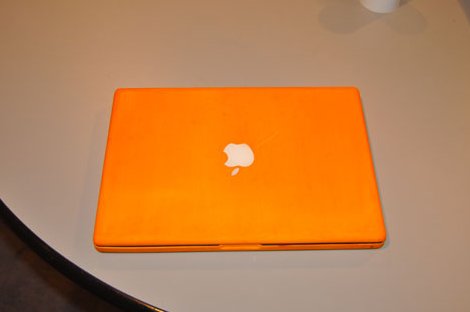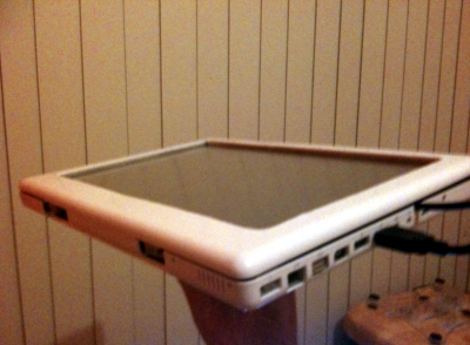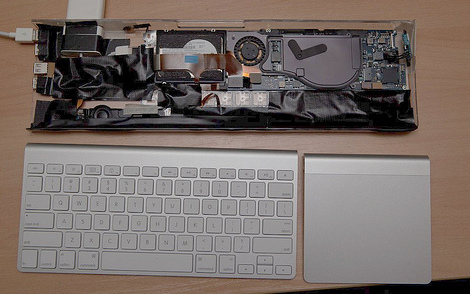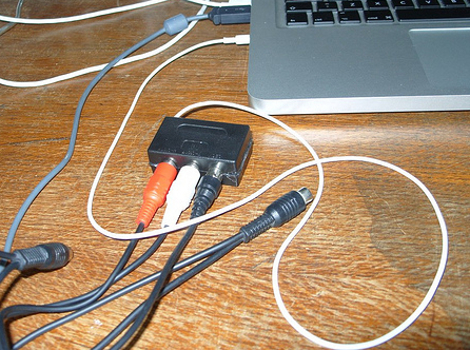
Fabric dye is one of those products where it keeps popping up for unintended uses, we have seen it coloring printed circuit boards, and now a Macintosh computer? [The Brain]’s project to add a little color to his Macbook has been done before, but he chooses to do it in a different way, which comes down to a little bit of sandpaper.
You could go ahead and dye the Macbook plastics as is, but that thick layer of glossy plastic is going to take much more time to penetrate and its going to resist taking the color, so it might end up splotchy. The simple solution to this is to just sand off the gloss, that way the color has much less of a barrier to dye the plastic. Once the protective gloss shell is sanded away and cleaned throughly, Rit brand fabric dye is added to a pan of water and set on the stove to boil.
While most of the case plastics are thick and tough enough to withstand some heat, care does need to be taken when dealing with thin soft parts like the display bezel. After about 45 min the parts are dyed and popping with super bright orange color in record time.

















